What are the possibilities of AR, VR and MR in the field of education and training?
AR, VR, and MR have become more and more popular in recent years. Before we begin to introduce their applications, let's first introduce the differences between the three members of this family.
The difference between AR, VR and MR:
Augmented Reality (AR): The content created by superimposing numbers in the user's real world.
Virtual Reality (VR): Blocks the real world and creates a fully digital, immersive experience for users.
Mixed Reality (MR): Creates content in the user's real world by superimposing the numbers you can interact with.
The following table can help you understand the difference more clearly:
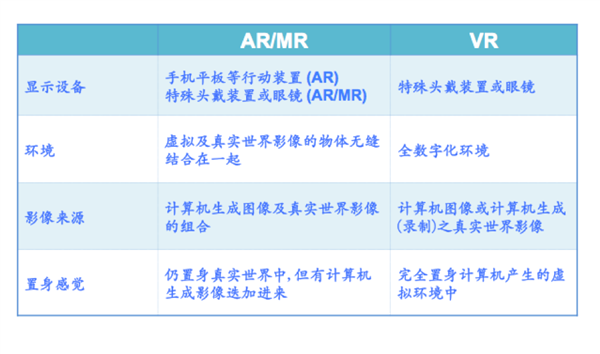
So Pokémon Go is MR? Because it can accept pocket monsters (interactive)? Don't misunderstand, MR mentioned above "the number that can interact with it to create content" is not just a matter of just clicking on the number to create information to get more Information, or, just accept pocket monsters. The digital creation content generated by MR can be combined with real-world real-world images, and can be used to zoom in, zoom out, rotate, and even edit the content created by the digital creation. The following Microsoft Hololens ads let you know what MR is.
Did you notice that in the movie, when you watch a 3D digital image, the image does not turn with your movement, so you can move the position from behind, above, below, and view or edit from various angles. This image, which is not available in AR, and even most VR applications.
Incidentally, even Pokémon Go is not an AR. Because in theory, AR should create or bring out digital creation content by recognizing certain real-world images, and PokémonGo uses Location to bring out digital images, so many people think that Pokémon Go can only be called location service game at best. -Based Gaming), cannot be called AR. In this regard, the author believes that you should not be too picky, or you can call it Location-Based AR game.
In recent years, AR has changed from being able to use the smart phone or tablet to face a real thing in the real world, and to let the application bring out the relevant information mode, so that it can achieve the same function with AR glasses. And because there is no need to use a mobile device to use, so it is more convenient to use, AR glasses should gradually become a new trend in AR applications.
VR wearable devices (such as HTC VIVE, Playstation VR ...) make game players no longer only able to watch video games, but also enter the 3D stereo environment. However, its shortcoming is because it shields the image of the real world, so unless there is a well-designed sensing device, most of the applications in education and training will be limited to viewing 3D stereoscopic digital content.
MR combines AR and VR into one, so the launch of Microsoft's Hololens and other devices not only makes the use of AR more versatile (interactive), but also makes VR applications more integrated into daily work and life.
Application of AR, VR and MR in education and training
We divide the application of these emerging technologies in education and training into three major blocks:
Education: Refers to the transfer of knowledge, including school education and workplace education.
Training: Refers to functional or skill training, including schools and workplaces.
Performance Support: Provides important information at the moment of need to assist in the completion of the work, usually in conjunction with the previous item.
This introduction will not be limited to the school education. We will also cite the application of different fields outside of the school to help you understand the infinite potential and charm of these emerging technologies. This will help you to think about how to use these technologies. . The application of AR/VR/MR is infinitely broad, and then we will look at your imagination and practice.
For convenience, we will indicate whether each application belongs to Education (E), Training (T), or Performance Support (PS). Examples of applications that are not within these three categories (such as entertainment, consumption, marketing, treatment, etc.) are not mentioned in this article.
Medical
AR/VR/MR is gaining more and more attention in the medical community (hospitals and medical schools). The two biggest reasons are:
1. Save time / reduce costs (E/T/PS):
There are already many medical schools/hospitals that use AR/VR/MR for teaching or surgical training. In teaching, students wear AR/VR glasses to view 3D stereoscopic structures and organs, and even “take out†an organ for more careful observation. In surgical training, students or interns wear AR/VR glasses and perform surgical exercises on virtual corpses through a 3D Holographic Anatomy program. This allows students to save 10 hours in a traditional cadaver laboratory. The more practical flaw is that it is generally not easy to obtain, so surgical simulation can reduce the burden on hospitals or schools.
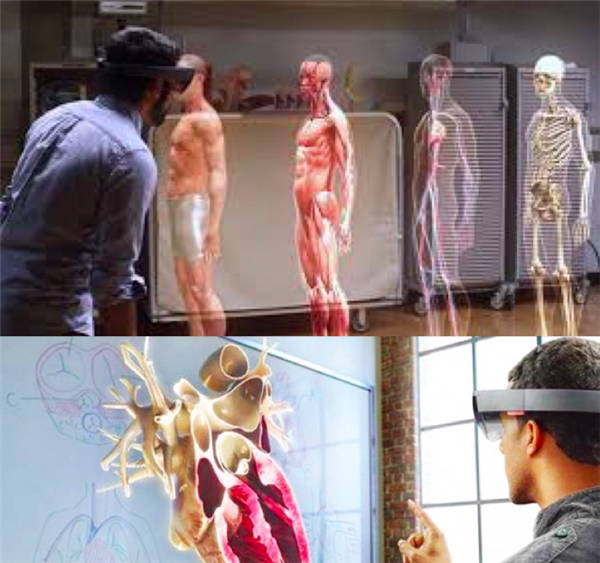
2. Collaboration (T/PS)
Whether it is surgery simulation or actual surgery, or other medical diagnosis, professors, senior doctors (directors), or even remote doctors or experts can also be transmitted through AR/MR glasses worn by doctors performing surgery or diagnosis. The image (called POV, Point-of-View) provides advice or instructions to the doctor, who can see the advice or instructions from the display on their glasses.
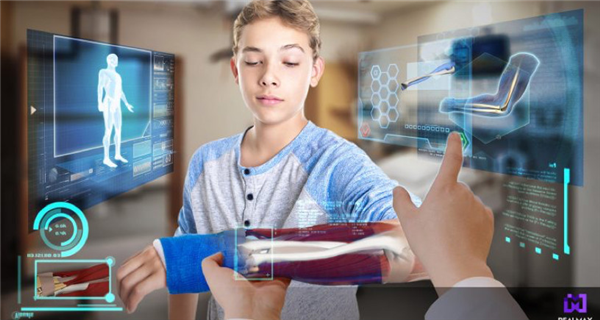
Of course, there are only these applications. Here are some other application examples:
Drug use: Assist health care providers to confirm the correct medication even if they are not trained. This simplifies the needs of pharmacists and doctors and reduces the chance of misuse of drugs. (PS)
Intravenous: Helps the caregiver to find a vein for intravenous injection. Don't doubt, AR glasses can help you see veins that are invisible to the naked eye, which reduces the time and pain of the medical staff. (PS)
Pre-disposal: The doctor in the emergency room of the hospital can make an initial diagnosis of the patient through the ambulance, or the data returned by the POV and the testing equipment of the medical staff at the accident site, and give instructions to the medical staff. Initial medical treatment to increase and reduce the survival of patients and the expansion of injuries. Therefore, perhaps in the future public places fire extinguishers or AED (automated external defibrillator) will be placed next to the AR glasses, but the removal will automatically call the 119/120 service center through the Wifi connection, so that users can remotely Fire or medical personnel immediately provide assistance or instructions to guide the use of fire extinguishers to extinguish fires, or how to use AEDs to emergency patients who require emergency medical assistance. (PS)
Military police training
In the United States, the US military is the main driver of educational technology because they want to train their troops quickly and efficiently. The US military began using AR/VR and other technologies to train soldiers in combat operations, weapon operations, or repair weapons and vehicles.
Wearing AR glasses, using AR for weapon operation training or equipment maintenance can avoid mistakes, and at the same time improve training and maintenance speed, and new soldiers can get started quickly. (T/PS)
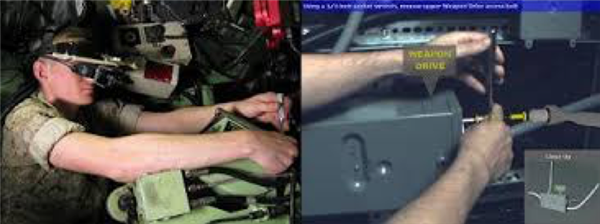
Of course, AR can also be used in combat, as an example that everyone is most familiar with. A few years ago, Taiwan’s Apache helicopter incident, if you were not only concerned about the actress, you should notice the helmet worth more than 60,000 US dollars. Why is the helmet so expensive? Because this tactical helmet can display 12 cockpit information (such as weapon aiming or night vision goggles) on the monocular screen of the right eye, so that the pilot can quickly read all important information. Other fighter pilots, tank-driven helmets can also use AR to allow them to quickly grasp important information or attack. (T/PS)
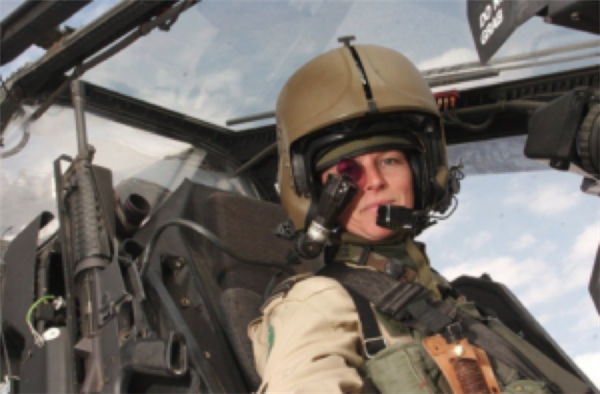
The biggest advantage of using VR for combat training is that you can design a variety of situations. When passing the soldiers, it should be clear that the terrain and terrain on the army field training ground are so awkward, but with VR, you can design the required situation and terrain features according to your needs. The imaginary enemy is no longer just some humanoids. . (T)
Using AR/VR and other technologies to train soldiers in combat operations, weapon operations, or maintenance equipment has the more important advantage, that is, all processes will be recorded, whether the operation is correct, the aiming is accurate, etc. It is recorded and analyzed to provide training units with appropriate training for soldiers who need improvement to improve the missing.
Of course, similar concepts are not limited to the training of military personnel. Public security, firefighters, etc. will face dangerous situations. They can use this technology to provide simulation training in various situations to enhance the real situation in the future. It can handle and protect itself safely and correctly. (T/PS)
Public security officers wearing AR glasses can help identify criminals or vehicles by connecting crime database and image identification, and fight crime more effectively. (PS)
Technical repair service
AR can provide immediate assistance to assist maintenance personnel in equipment repair and troubleshooting, which can cover almost all the work you think of, such as factory machine maintenance, office copier maintenance, elevator maintenance, telecommunications maintenance, car maintenance. ...and many more. With AR Smart Glasses and a dedicated application, detailed steps for maintenance personnel can be provided so they can follow the test and repair work. Of course, this is also a very useful tool for the training of newcomers. (T/PS)
The on-site problem can't be solved? It doesn't matter, the application will call the company's internal high-level technicians to guide the field personnel to troubleshoot or replace parts in a remote assistance manner. The AR/MR can allow remote experts to see what the field personnel see. Image (POV), and in the call or display text, pictures, or even directly mark the location of the parts to be processed on the field personnel's AR / MR lens display screen to guide them to repair work. (PS)
The biggest advantage of using AR/MR glasses is that field personnel no longer need to hold their mobile phones or tablets to face the device to be repaired, or to follow or watch instructions from the company, their hands can be used to perform repair work. . Of course, if you don't have AR/MR glasses, you can do it with your phone or tablet, but it is inconvenient to hold it by hand.
Don't think that only maintenance personnel can use this technology, and consumers themselves can of course. In the future, the repair of photocopiers, automobiles, and electrical appliances, replacement of RO filters...., as long as you have the appropriate AR application, you can do it yourself.
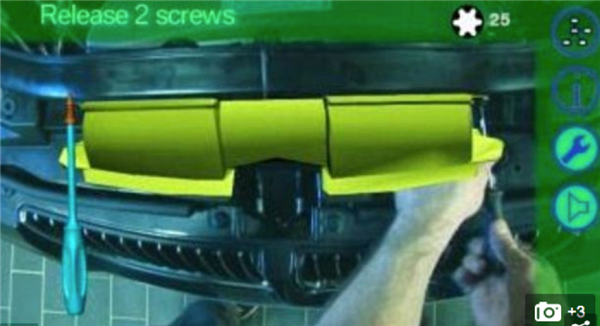
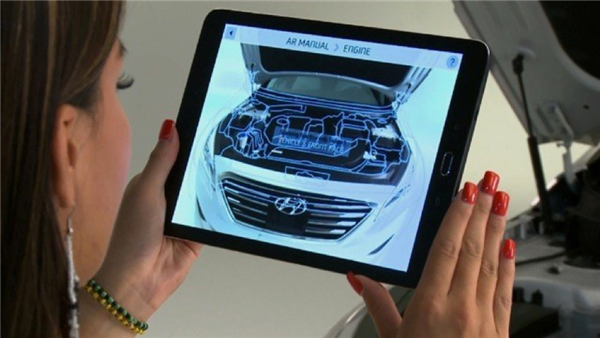
As early as 2007, BMW Motors developed AR glasses and related applications, providing its maintenance technicians with the repair and replacement of auto parts. In 2015, Hyundai Motors introduced the AR Technical Manual app for car owners. With a smartphone or tablet, the owner can get How-to information such as oil, brake oil, air filter, etc. for maintenance. The app provides video, 3D overlay image display (when the car owner scans their vehicle for different locations), various areas and other car related information. (PS)
school education
Using AR/VR, you can provide an immersive multi-sensory experience for students at all levels of school, which is more effective than traditional lectures, word cards, or textbooks. Here are a few examples to provide a reference:
When teaching the solar system planets, the AR/MR/VR is used to display the 3D stereoscopic planet operation screen. Students can use the controller to select a certain planet to bring out more detailed information. (E/PS)

The geography class displays a 3D globe with AR/MR/VR. Students can view it from all angles and select a country to bring out the country's details. (E/PS)
The chemistry class first allows students to simulate the experimental process, familiarizing the students with the steps and erroneous operations that may explode or catch fire, so that dangerous accidents can be effectively avoided in the real experiment. (E/T/PS)
Textbooks or extracurricular books can be combined with mobile devices or AR glasses to display 3D stereoscopic images and related information on specific pages, increasing student impressions, making it easier for students to understand and enhance class or learning interests. (E/PS)
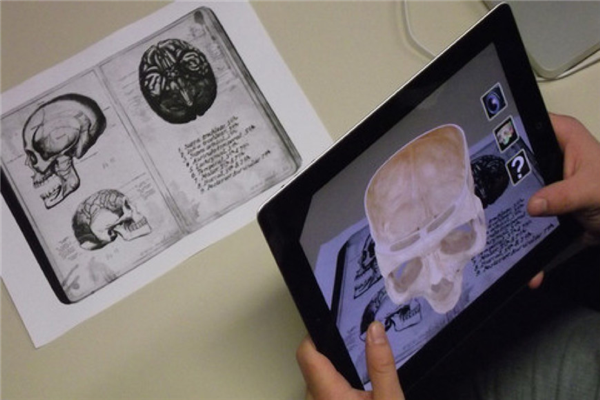
Architecture students no longer need to spend time making design models, just with mobile devices or AR/MR glasses and appropriate applications, they can 3D stereoscopically present their designs, both beautiful and precise, and the design changes do not need to be heavy The model saves a lot of time. (PS)
Fresh people are not familiar with the school district? Looking for classrooms often get lost? No problem, the AR application can guide you to your designated building or classroom. (Note: There are already stores or commercial buildings that start using similar apps to provide guidance. In the future, if you go to a supermarket, hypermarket or shopping mall, you can use the AR app to direct you directly to the location where you want to buy the item or the shop you want to visit. No need to walk around to find goods or store locations). (PS)
Art and talent
Wear VR to visit famous zoos, museums, or historical sights, landmarks, or buildings mentioned in textbooks, enjoy them at your own pace, and even use animations to deepen your impressions and understanding. The app will provide detailed information on the screen based on what you are currently watching.
Have you brought in some inspiration? Yes, in the past, I arranged outdoor education and labor, and I had to worry about the weather or fear of a car accident. In the near future, these can be done in the classroom (some museums have begun to provide similar services), and outdoor teaching may become a historical term. Thinking about the bad things, this is not true enough. I think it can save a lot of money for the school and parents. (E/PS)
In terms of talent learning, AR glasses can help guide you through the steps of learning musical instruments, painting, carving, weaving and other talents. Especially for students who start learning instruments, with AR glasses and related applications, you can display the fingering and music scores of various instruments, train, correct and record the process, so that the hands can be easily used. (E/T)
fitness
AR glasses instantly show heartbeat, fatigue, calorie consumption, targets and more when you are cycling, running or walking in the open air or in the wild, such as maps and GPS positioning.
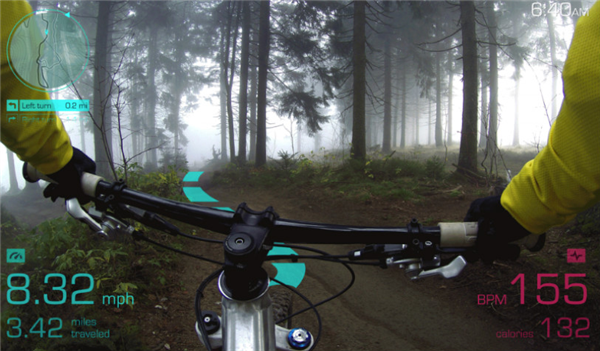
In the future, in the gym, you can no longer just boring to watch the TV screen running on your eyes, riding a bicycle, or doing weight training. You can choose to be on the Seine by VR (or MR) head-mounted device, or Other roads you want to experience, riding a bicycle, skiing, boating, or running. Fitness equipment such as bicycles and treadmills will adjust the uphill or downhill angle, resistance, and even the vibration of the ground or the river according to the virtual position you experience. Is this sports experience very charming? Of course, all relevant information It will also appear on the device screen.
Of course, the school can also enjoy the benefits of such applications, such as training VR with related applications and sensing components to train soccer goalkeeper defense, baseball strikes, or tennis swings. The impact of the weather, as well as just a little bit of indoor venues can be trained.
I will mention it here today. In addition to education and training, the application of AR/VR/MR in life is infinite and wide, full of imagination space. The author believes that AR/MR will be the mainstream in the future, because they do not escape the real world, so it is easier to integrate into real life, education and work; AR can be flexibly used in mobile devices (especially mobile phones), AR glasses can do It is very light and the price continues to drop, so AR should become an indispensable tool for future life. If it is equipped with AI (Artificial Intelligence), it is more like a personal assistant. The main application of VR is to create a virtual immersive experience with high cost, danger, or experience that is not easily available in the real world.
Multipurpose wire baskets can definitely bring more convenience for your life. All products are under strict inspections to ensure each piece has good strength and stability. Unique metal frame with guardrail design, which can better prevent the things on the shelf from falling. Hold your shampoo, soap, conditioner, lotions in the bathroom.
Wire Baskets,Bathroom Accessories Tray,Toilet Paper Holder Basket,Toilet Paper Storage Basket
Kaiping Yufa Sanitary Ware Co.,ltd , https://www.yufabathroom.com